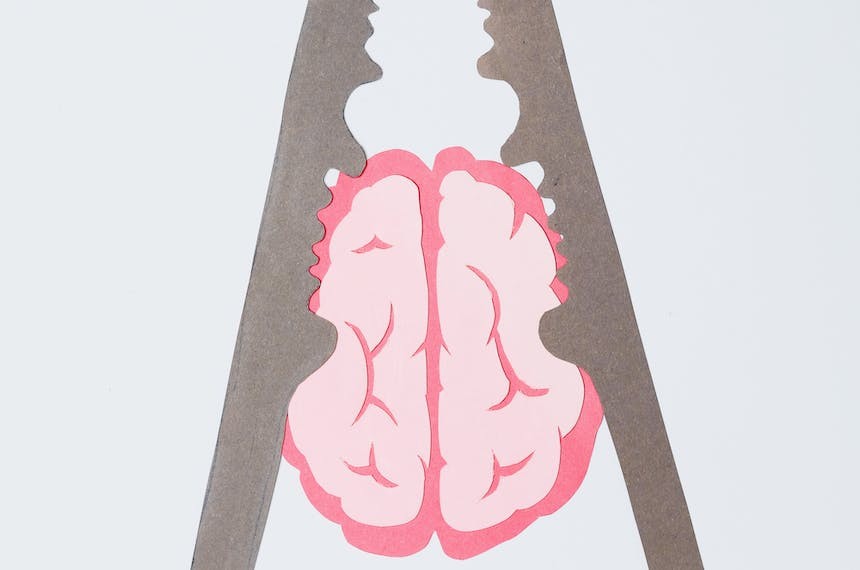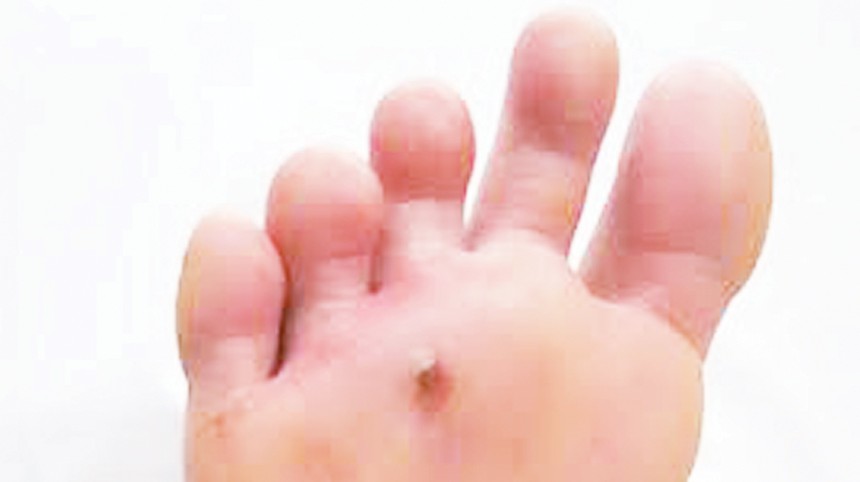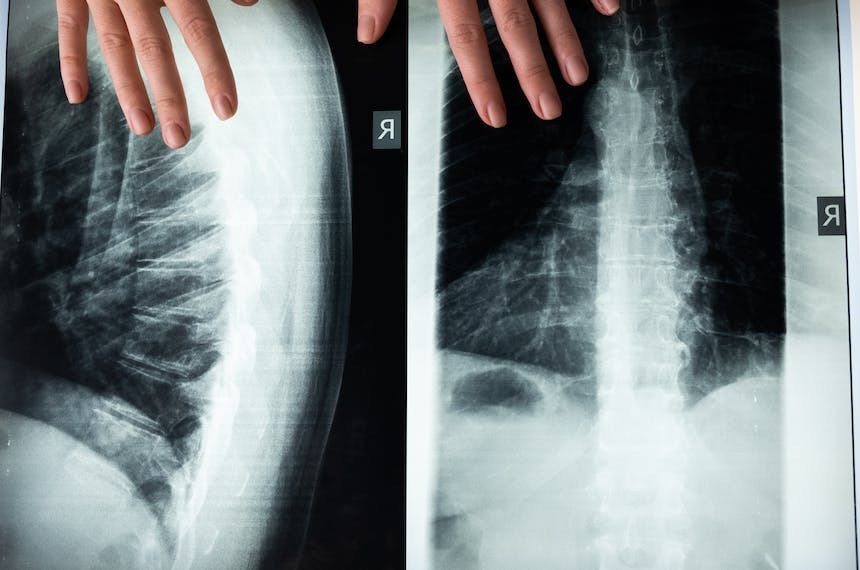
Tuberculous Meningitis
Tuberculous meningitis is a serious brain infection linked to tuberculosis, typically affecting young children and adults with weakened immune systems. Symptoms include a stiff neck, headache, fever, and vomiting. Diagnosis is confirmed through cerebrospinal fluid tests. Early treatment with tuberculosis drugs and corticosteroids is crucial. A surgical consultation may be necessary for those with hydrocephalus (increased brain fluid) or vision issues. Patients should be closely monitored and treated with directly observed therapy for 9 to 12 months. Drug-resistant strains require different treatment regimens. Corticosteroids help manage inflammation, and surgery may be considered for certain complications.
Tuberculous Meningitis Overview
Tuberculous meningitis develops most commonly as a complication of progressive primary infection in young children, and from chronic reactivation bacillemia in adults with immune deficiency conditions caused by aging, malnutrition, HIV infection, malignancy, or chemotherapy drugs. Patients with tuberculous meningitis present with subacute stiff neck, headache, fever, and vomiting. The diagnosis may be established by cerebrospinal fluid (CSF) with positive smear for acid- fast bacilli (AFB), CSF culture positive for M. tuberculosis, or CSF with positive nucleic acid amplification test (NAAT). Tuberculous meningitis could lead to hydrocephalus, or optochiasmatic arachnoiditis (encasement of optic nerves and optic chiasma). (1, 2, 3)
Treatment of Tuberculous Meningitis
Treatment of tuberculous meningitis consists of prompt administration of antituberculous therapy, together with glucocorticoids. For patients with hydrocephalus, surgical consultation is warranted. Initiation of empiric antituberculous therapy is warranted for patients with relevant epidemiological factors (history of prior TB infection, known TB exposure, and/or past or present residence in or travel to an area where TB is endemic), clinical manifestations (subacute neck stiffness, fever, headache, and vomiting), and typical cerebrospinal fluid (CSF) findings (lymphocytic pleocytosis, elevated protein concentration, and low glucose concentration). The likelihood of a favorable clinical outcome is increased with early initiation of antituberculous therapy. Moreover, for patients with HIV infection and tuberculous meningitis who are not already on antiretroviral therapy (ART), it is advisable to defer ART until eight weeks after starting TB treatment, regardless of CD4 count. (3, 4) Patients with tuberculous meningitis should be treated with clinical case management and directly observed therapy (DOT); it is the most effective way to maximize adherence and is recommended by the World Health Organization (WHO). Treatment consists of an initial intensive phase (4 drugs) followed by a prolonged continuation phase (usually 2 drugs administered for an additional 7 to 10 months), for a total treatment duration of 9 to 12 months. Intensive initial phase drug regimens consist of isoniazid (5 mg/kg; maximum dose 300 mg), rifampicin (10 mg/kg; maximum dose 600 mg), pyrazinamide (1000 mg for patients weight 40-55 kg, 1500 mg for patients 56-75 kg, 2000mg for patients 76-90 kg) and ethambutol (800 mg for patients weight 40- 55 kg, 1200 mg for patients 56-75 kg, 1600mg for patients 76-90 kg) administered daily for two months. Followed by, the continuation phase which consists of isoniazid (5 mg/kg; maximum dose 300 mg), and rifampicin (10 mg/kg; maximum dose 600 mg) daily for 7-10 months. (5)
Managing Drug-Resistant Tuberculous Meningitis
The prevalence of resistant strains to one or more first- line drugs is increasing. The optimal approach to treatment of drug- resistant tuberculous meningitis is uncertain. For treatment of isoniazid-resistant tuberculous meningitis, intensive phase treatment with daily rifampicin, ethambutol, pyrazinamide and and a fluoroquinolone (levofloxacin 500 mg- 1 g daily) for 2 months is recommended, followed by a continuation phase of rifampin, pyrazinamide, and a fluoroquinolone for at least 10 months. For treatment of multidrug- resistant tuberculous meningitis, regimen selection should be guided by the approach to treatment of pulmonary disease; the regimen should include any first-line drugs to which the isolate is susceptible, with addition of a fluoroquinolone and additional second- line drugs with good CSF penetration, such as, ethionamide (15- 20 mg/kg/day in 1 or 2 divided doses [usually 250 or 500 mg once or twice daily]) or cycloserine (10-15 mg/kg/day; maximum 1 g daily in 2 divided doses) to make a regimen including at least five effective drugs. (6, 7)
Adjunctive Glucocorticoid Therapy
Also, adjunctive glucocorticoid therapy (dexamethasone 0.3 mg/kg/day intravenously (IV) for 2 weeks, then 0.2 mg/kg/day IV week 3, then 0.1 mg/kg/day IV week 4, then 4 mg per day orally and taper 1 mg off the daily dose each week; total duration approximately 8 weeks) should be administered to all patients with tuberculous meningitis. (8)
Management of Hydrocephalus and Optochiasmatic Arachnoiditis
Hydrocephalus may be managed with serial lumbar punctures in conjunction with clinical monitoring. However, for patients with stupor, coma, or progressive neurologic impairment, surgical decompression of the ventricular system should be pursued promptly. In addition, early surgical consultation is indicated for patients with noncommunicating hydrocephalus. (9) Optochiasmatic arachnoiditis encasement of optic nerves and optic chiasma by tuberculous exudates is an important cause of vision loss in tuberculous meningitis. This condition may develop paradoxically, despite administration of appropriate antituberculous therapy. The optimal management of this complication is unknown. Some patients regain vision with antituberculous therapy and corticosteroids. Neurosurgery may be considered in patients who do not respond to these interventions. (10)
References
1- Marais S, Pepper DJ, Schutz C, Wilkinson RJ, Meintjes G. Presentation and outcome of tuberculous meningitis in a high HIV prevalence setting. Plos ONE. 2011;6:e20077.
2- Centers for Disease Control and Prevention. Reported tuberculosis in the United States, 2013. US Department of Health and Human Services, Atlanta, GA 2014.
3- World Health Organization. Guidance for national tuberculosis programmes on the management of tuberculosis in children. Geneva: World Health Organization; 2014.
4- Panel on Opportunistic Infections in Adults and Adolescents with HIV. Guidelines for the prevention and treatment of opportunistic infections in adults and adolescents with HIV: recommendations from the Centers for Disease Control and Prevention, the National Institutes of Health, and the HIV Medicine Association of the Infectious Diseases Society of America. http://aidsinfo.nih.gov/contentfiles/lvguidelines/ adult_oi.pdf.
5- Heemskerk AD, et al. Intensified antituberculosis therapy in adults with tuberculous meningitis. N Engl J Med. 2016;374:124–134. doi:
10.1056/NEJMoa1507062.
6- Falzon D, Schünemann HJ, Harausz E, et al. World Health Organization treatment guidelines for drug-resistant tuberculosis, 2016 update. The European Respiratory Journal. 2017;49(3):1602308. doi:
10.1183/13993003.02308-2016.
7- Török ME. Tuberculous meningitis: advances in diagnosis and
treatment. Br Med Bull. 2015;113(1):117–131. doi: 10.1093/bmb/ldv003.
8-Prasad K, Singh MB, Ryan H. Corticosteroids for managing tuberculous meningitis. Cochrane Database Syst Rev 2016; 4:CD002244.
9- World Health Organization. Guidelines for treatment of drug-susceptible tuberculosis and patient care, 2017 update. http://apps.who.int/iris/bitstream/10665/ 255052/1/9789241550000-eng.pdf?ua=1
10-Garg RK, Paliwal V, Malhotra HS. Tuberculous optochiasmatic arachnoiditis: a devastating form of tuberculous meningitis. Expert Rev Anti Infect Ther 2011; 9:719.





